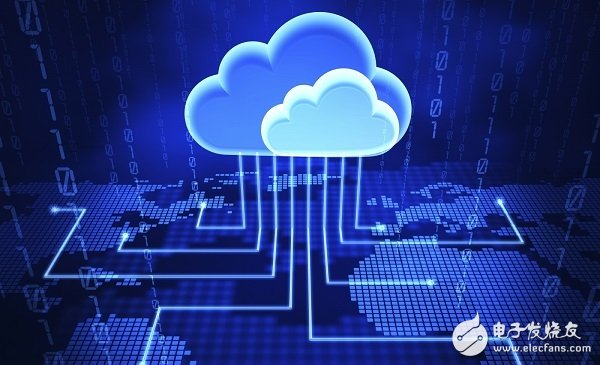Market transformation is an ongoing process, whether it's digital, automation, or IT-driven. But the key question remains: what’s the real goal of the transformation, and how do you choose the best approach for your business? The answer often depends on who you talk to—different people have different perspectives. However, one thing everyone agrees on is that transformation affects processes, rules, automation, and culture. So, it’s important to ask yourself: how do you want to transform?

Looking back over the past few years, we’ve seen major shifts in how businesses operate. One of the first was virtualization—moving from physical servers running single applications to shared resource pools with virtual machines. This allowed companies to consolidate their infrastructure, improve efficiency, and reduce costs. Soon after, cloud computing became a game-changer, enabling scalable, on-demand computing resources.
The shift to cloud computing introduced a more dynamic infrastructure, offering greater agility and responsiveness. It also required organizations to rethink how they manage and operate their systems. While the journey to the cloud isn't always smooth, with proper planning and knowledge, success is achievable. Collaboration across all departments—IT, security, legal, compliance, and leadership—is essential. Companies must also adapt their policies and procedures to fit the cloud environment, ensuring both security and compliance are maintained.
There are several common drivers behind cloud adoption. Understanding these can help shape your strategy and prepare for potential challenges:
Innovation
Staying ahead of competitors means being able to innovate faster. With tools like containers, big data analytics, and AI, the cloud enables businesses to respond quickly to customer needs and deliver new value faster.
Efficiency
Cloud computing allows for automated deployment, easier configuration management, and dynamic resource scaling. These improvements can significantly boost operational efficiency and performance.
Customer Satisfaction
If your customers aren’t satisfied, they’ll go elsewhere. The cloud helps ensure consistent service delivery, which is crucial for maintaining a positive user experience.
Cost Reduction
Moving from capital expenditure (CapEx) to operational expenditure (OpEx) can offer more financial flexibility. However, managing and optimizing cloud costs requires careful planning and tools.
Modernization
Many companies use the cloud to modernize legacy applications, making them more efficient, scalable, and cost-effective while supporting future innovation.
Security and Compliance
With increasing cyber threats, data protection and regulatory compliance are top priorities. Public clouds often provide better security features, but businesses still need to manage their own responsibilities within a shared model.
Adopting cloud computing also requires changes in internal practices and mindsets. Some organizations hesitate due to concerns about security, complexity, or cost. As a result, hybrid cloud models have emerged, allowing companies to keep sensitive workloads on-premise while leveraging the cloud for other tasks.
Questions like network connectivity, authentication methods, and security protocols become critical during this transition. How will you handle access control? What strategies will you use for cost management? Do you need third-party tools to monitor and optimize expenses?
Another challenge is the evolving skill set required for cloud operations. Traditional roles may shift or change entirely. For example, data center engineers might transition into cloud architects, while developers focus more on DevOps and automation. Each company must assess its workforce and invest in training accordingly.
Despite the rapid pace of innovation, the cloud space continues to evolve. While some may wonder if there's a saturation point, the truth is that the cloud is still in its early stages. Staying informed and adaptable is key. By understanding your motivations and addressing the challenges head-on, your organization can unlock the full potential of cloud computing and achieve long-term success.
Sintered Type Nickel Cadmium Battery
Established in 1956, during the China first five-year-plan, Henan Xintaihang Power Source Co., Ltd. (Factory No.755) was the first R&D and manufacturing enterprise in China in the field of alkaline storage batteries and modular power system and it was also the military factory which owned the most varieties rechargeable batteries in domestic. Taihang was located in national Chemistry and Physicals Power Source Industrial Park, Xinxiang City, Henan, China.
Extra High Dishcharge Rate Nickel Cadmium Battery, KPX10 ~ KPX240, Max. discharge current <10C
The nickel–cadmium battery (NiCd battery or NiCad battery) is a type of rechargeable battery using nickel oxide hydroxide and metallic cadmium as electrodes. The abbreviation NiCd is derived from the chemical symbols of nickel (Ni) and cadmium (Cd).
Nickel Cadmium Battery,Starting Battery,Nickel Cadmium Battery Aircraft,Nickel Cadmium Battery For Metro
Henan Xintaihang Power Source Co.,Ltd , https://www.taihangbattery.com